Touring, Talking & Tasting English Wine at Biddenden Vineyard

It’s harvest season for British vineyards, people. I’ve been meaning on taking you around an English vineyard in September when the vines are heavy with grapes to talk a little bit more about what makes English – especially Kentish – wine so great for a while now. In the spring I took you around Cornwall’s oldest and youngest vineyards, to give a bit of an overview about how English wine is changing with the times. I’ve also taken you tasting at Barnsole Vineyard in Staple, which – before my parents moved – used to be just down the road from me in Kent to show that, especially in the South East you should pay attention because amazing wine is probably being made right on your doorstep. We’ve even been to Spain together, following the commercial wine making process from the harvest, into the winery and down into the cellars where the wine is aged to perfection. So, when the team at Biddenden Vineyards offered to take me on a private tour earlier this month to talk a little about what they’re doing differently down at their 50 year old Kent vineyard and winery, I jumped at the chance.
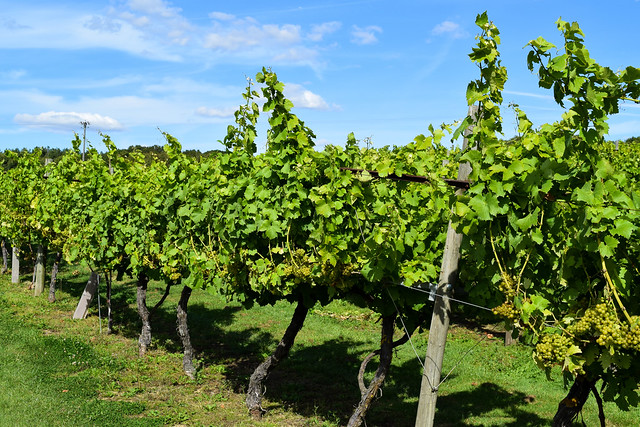
Biddenden is the reason I’ve always known so much about – and been so interested in – English wine. My mother worked there in the early days as a young secretary, sometimes giving visitors tours of the vineyard, and when she left she kept her interesting in wine, and passed it onto me. It’s the oldest vineyard in Kent, planted up by the Barnes family when they were seeking to diversify from their main crop, apples (they still produce delicious juices and ciders from apple growers in the surrounding area, with a wonderful, brand new, all natural sparkling number launched this year). The second and third generation of the family are still in charge, running the vineyard, and it was Tom, one of the third generation of the Barnes family to work there who showed us both around.

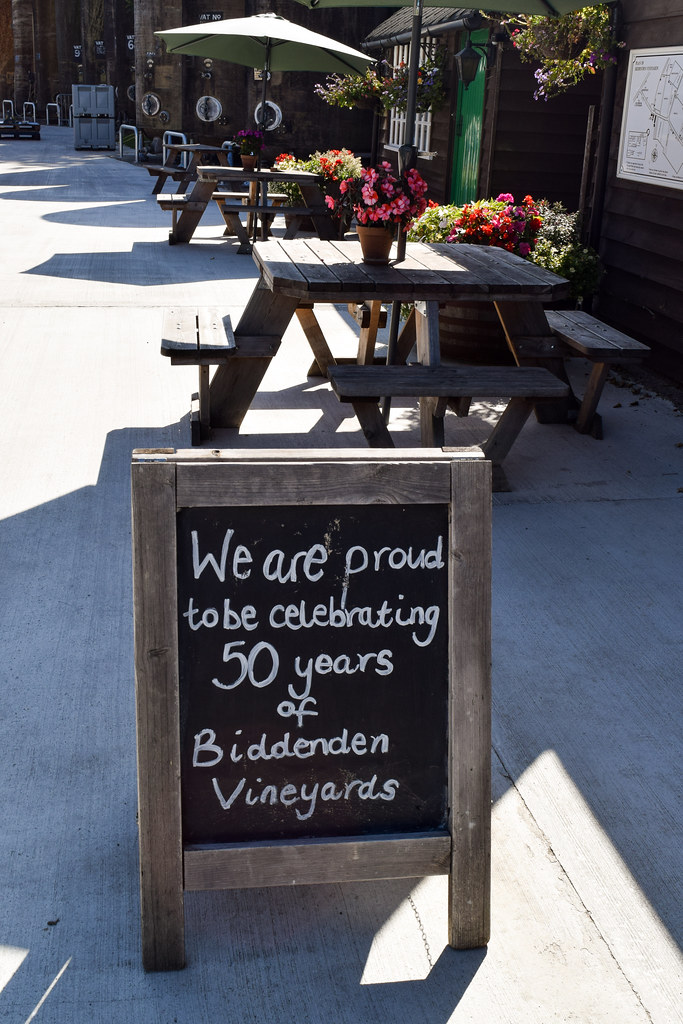

There are two things I noticed when we were shown around that set Biddenden apart from other, probably more famous English vineyards just up the road. First, is their view towards expansion. They don’t want to go into supermarkets, into mass production of English wines. That is just not part of the long term plan. They’re more interested in getting more people in to visit the vineyard – either because they’re local or they’ve tasted their wines in local restaurants – so that the people drinking their wine have a connection to their wine. They’d prefer that one person tried their wine and came back for a case again and again, than twenty people pick it off a supermarket shelf to try once then move on. Their new-look labels even note that visitors are welcome to visit the vineyard which is open daily. I’m always a big advocate of people becoming more connected with where their food comes on, so this gets a big thumbs up from me.



The second thing I noticed was that the focus is not, as the English wine industry becomes increasingly obsessed with, producing sparkling wines. There are two reasons why focusing on sparkling wine is a good idea for English wine producers. The first is simple; our soil is good for it, and our climate increasingly so. There is a reason why some of the big champagne houses are buying and planting up acres of Kent and Sussex. Second, the British government has lumbered English wines with such insane duties that they’re simply more financially viable for the consumer. Think about it, because sparkling wine is seen as more of a luxury and celebratory product you’re happy to pay a bit more for it. It is easier for winemakers to market English sparkling wines as affordable as opposed to still table wines because you’re already expecting to pay more.
I’m going to put my hands up here and say that I never used to like Biddenden’s wine. I found them a bit too rough compared to that of their neighbours, it is only in the last few years I have thought their recent vintages have been very, very good. They’re invested ion producing good, English still wines that people can enjoy everyday, which, let us be honest, is how we actually drink wine at home, aside from the odd celebratory bottle of fizz. It is clear that this is a big selling point for them: the little shop selling all of their wines along with some other locally produced products was never without customers while we were there, stopping in for their usual bottles, cases, and to find what they’d enjoyed at such-and-such.




A few more notes from among the vines: first, the workers, who, on the day we visited were stripping the leaves from the base of the vines to allow as much sun as possible to get to the pre-harvest grapes (this year the harvest started on September 12th) were local students. Shipping seasonal workers in from Europe to work in English vineyards is big business, but at Biddenden they like to give back to the local community as much as possible. I also noticed that there are a lot of varieties, like gamay growing in the vineyard for red wine making. As a general rule, English red wine is really not very good. Some vintages I’ve tried have been almost undrinkable – it is just not warm enough here. We are edging in the right direction for greater scale red wine production with global warming, but there is a way to go. So why so many red grape vines? We’ll talk more about that in a moment when we move onto our tasting session where my view of English red wine was turned on its head.

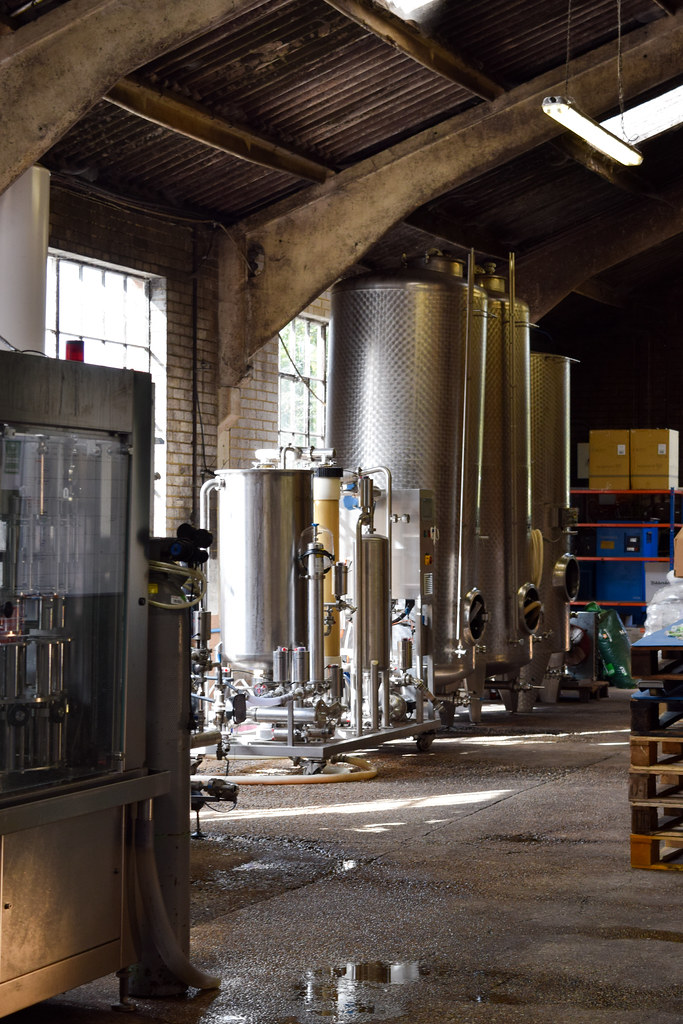

After our tour, Tom led us in a tasting of most of their core wines. Looking at their sparkling, their Pinot was nice, crisp and slightly savoury (I really wanted some olives to eat with it), and their Gribble Bridge was lovely, named after their location, it was fruity, flowery and lovely to sip as an aperitif. I was less enamoured with their sparkling rose, made with gamay grapes it had a hoppy nose – one to try before you buy. Moving onto their white, my favourite is still their classic Ortega which is fresh, fruity and smooth, but I also really liked their still white Gribble Bridge, a good, solid white wine I might serve to guests next time I have people over for dinner and there is roast chicken on the menu. Unusually as I usually love the wine made from the grapes their Bacchus I found a bit too acidic, though it had a nice sweetness and hint of elderflower, which I always approve of. However, it was their wild card offerings I was most impressed by.

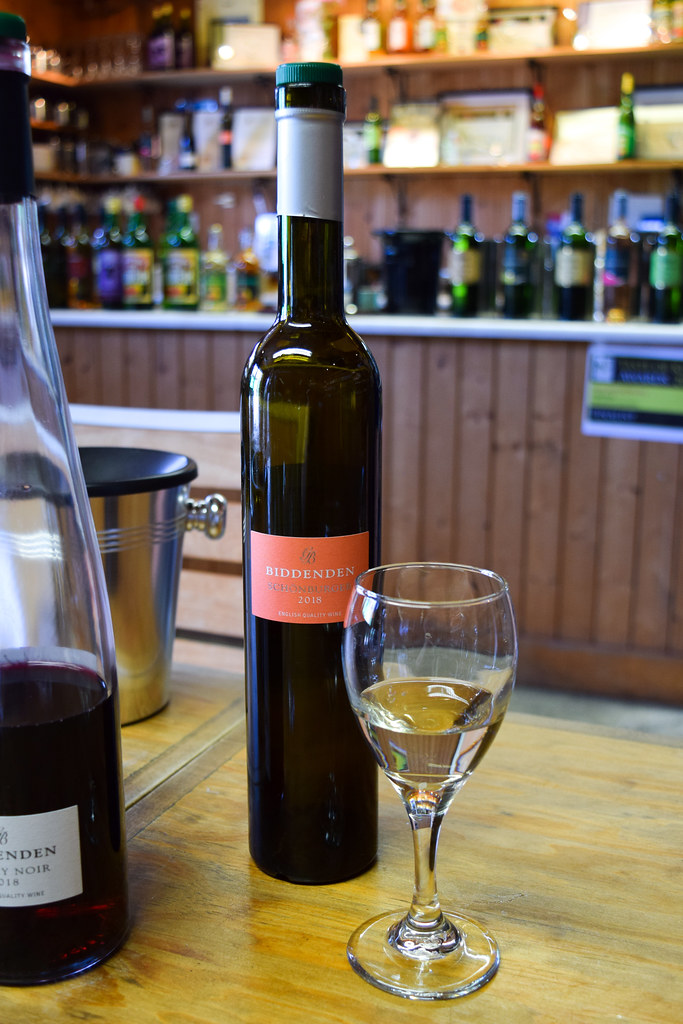
First, the red. Presented in a beautiful, tall, German-style bottle is their 2018 Gamay Noir, otherwise known as the first English wine I’ve ever tried that I’ve even liked, let alone loved. Already winning awards it is deep, fruity and very drinkable. Tom sent me away with a bottle to try just lightly chilled (I told him about how J, a red drinker, does not like English wines and needs converting!) which I’ll be sure to post about on Instagram when I do.
The other wild card we were sent home with was the Schonburger dessert wine. English made dessert wines are few and far between – thus far I’d only come across Chapel Down’s offering at a tasting there and on a few local wine lists, and I know you can find some from lesser known English vineyards at speciality wine merchants, but you need to look. Tom’s pet project, made form schonburger grapes in the German style, this wine is light, bright, fruity and worth seeking out. My problem with so many dessert wines is that they’re very thick, heavy and syrupy. This is not necessarily a bad thing, but it pigeonholes the wine somewhat, limiting what you can serve it with. Not here: this is light, fresh and fruity with a slight hint of honey, so much that it can be served with almost any pudding, and probably as a sweet aperitif in the right setting, too.
You can find out more about Biddenden Vineyards on their website, and if you’re based in London or the South East (or just visiting, we have a lot down here you should come and see!) they’re open Monday to Saturday, 10am – 5pm, and between 11am and 5pm on Sunday’s and Bank Holidays. They group tours at 10:15 every Saturday morning for £10 a head, April to September, you can always ask them about private tours, and if you just want to turn up there is a free self guided tour among the vines you can follow too – just remember to call ahead as sometimes they might have to close this off for spraying. Oh, and while you’re in the area I suggest you also book lunch at The Small Holding, one of the best places I’ve eaten in Kent, and just 20 mins down the road!

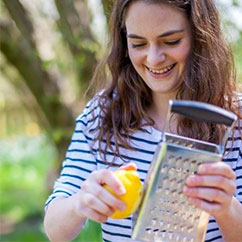
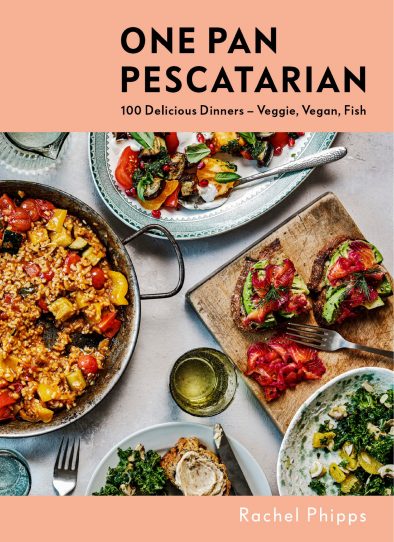
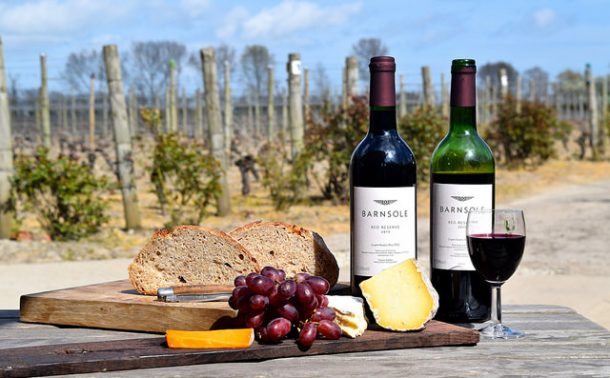
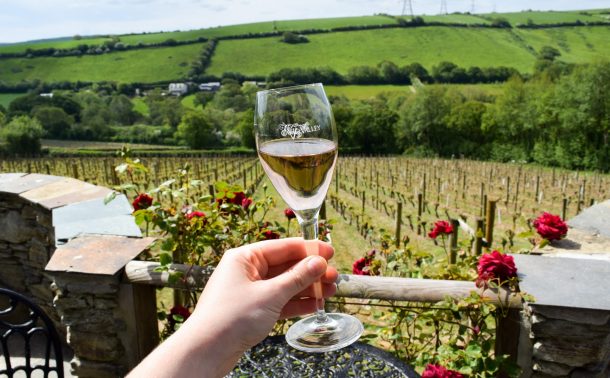
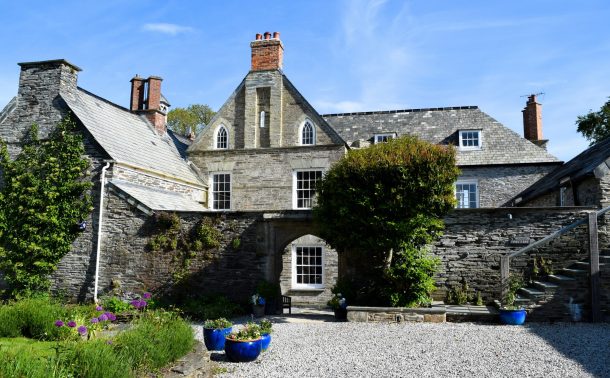
Discussion